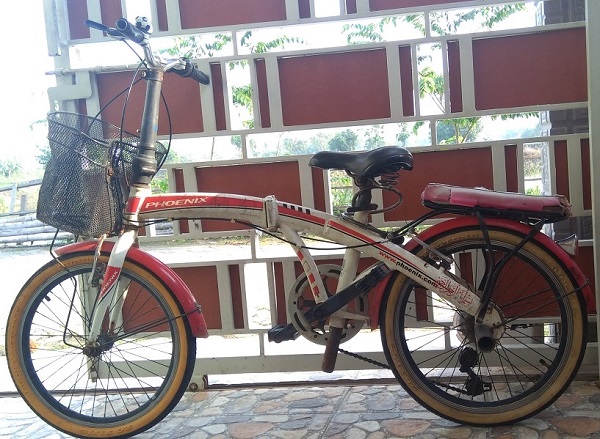After understanding part of speech in Javanese and learning how words are ordered to make a good structure in the language, it is vital we comprehend how sentences are categorized. We call this silah-silahing ukara or types of sentences that fall into the following groups.
1. Ukara kandha (direct speech)
As the name suggests, ukara kandha occurs when we quote what somebody said exactly word by word.
For examples:
- Bapak ngendika, "Sesuk aku menyang Jogja." / Daddy said, "I'm leaving for Jogja tomorrow."
- Waluyo takon, "Awakmu kok seneng nggambar?" / Waluyo asked, "How on earth are you fond of drawing?
2. Ukara crita (indirect speech)
Contrary to the previous type, ukara crita reports what somebody said without repeating the words directly.
For examples:
- Bedjo ngomong nang aku wingi dekne ga mlebu sekolah. / Bedjo told me that he was absent from school yesterday.
- Bu Murni ngendika yen bocah-bocah kudu melu upacara. / Mrs. Murni said that students have to join the ceremony.
3. Ukara tindak (active voice)
It is a type of sentence in which the subject is doing the work.
For examples:
- Ibu dhahar sekul. / Mother is eating some rice.
- Sapuan nggarap PR. / Sapuan is doing his homework.
4. Ukara tandha (passive voice)
In ukara tandha, the subject of the sentence remains passive and simply allows the object to be emphasized.
For examples:
- Ketane dipangan Edi. / The glutinous rice is eaten by Edi.
- Marpuah ditimbali eyange. / Marpuah is summoned by her grandma.
5. Ukara pakon (imperative)
In this type of sentence, one is telling others to do something.
For examples:
- Menesuk mreneo jam 9. / Come here at 9 tomorrow morning.
- Nulisa layang marang adimu. / Write a letter to your brother.
6. Ukara panjaluk (request)
We use ukara panjaluk to request politely that someone does something for us.
For examples:
- Tolong silihana aku duwit. / Would you please lend me some money?
- Tolong gambarna gedhang. / Please draw me a picture of banana.

















